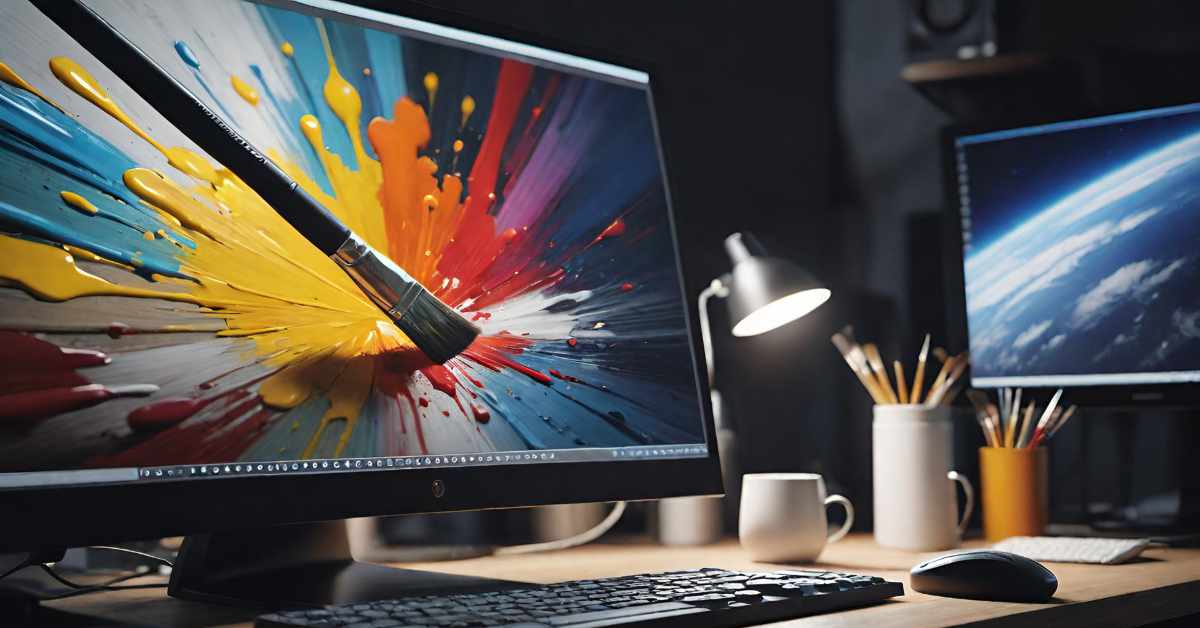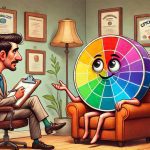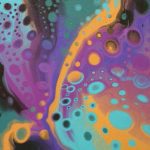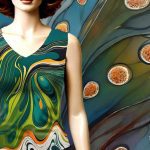Exploring the Digital Canvas: Techniques and Innovations in Digital Art

When I think of digital art, it’s mostly about drawing, painting, or collage. Even a mixed media look can be achieved digitally! But just like with traditional art forms, there are many mediums of digital art from 3D sculpture to interactive art installations.
The digital art space is rapidly evolving, with new tools and techniques transforming how artists create and share their work. Here are some key trends and innovations shaping the landscape:
Digital Art Tools and Techniques
3D Modeling and Sculpting: Software like Autodesk Maya, ZBrush, and Blender are essential for creating intricate 3D models and sculptures. These tools are widely used in animation, gaming, and product design, allowing artists to control every aspect of their creations, from shape and texture to lighting.
Digital Drawing and Sketching: Digital drawing tools such as Autodesk Sketchbook, Adobe Fresco, and Clip Studio Paint offer a range of brushes and drawing aids. Procreate and Krita also offer a wide range of brushes. Including brushes for many realistic drawing and painting media. You even have the ability to create you own. Rebelle 7 is another great software option for realistic drawing and painting media. Paired with hardware like graphics tablets and stylus pens, these tools provide a realistic and versatile alternative to traditional media.
Virtual and Augmented Reality (VR/AR): VR and AR are revolutionizing the art world by creating immersive experiences. Artists use VR to build interactive 3D environments, while AR overlays digital art onto the real world, accessible through smartphones or AR glasses.
Interactive Art: This form of art engages viewers as participants. Using sensors, cameras, and software, interactive installations respond to audience actions, altering visual and auditory elements to create a dynamic experience.
Emerging Technologies in Digital Art
Artificial Intelligence (AI): AI tools like OpenAI’s DALLE and Midjourney are used to create generative art, where machine learning algorithms produce unique artworks based on textual descriptions or data inputs. This technique may present some challenges to traditional notions of authorship and creativity. Although in my opinion, it depends entirely on the creator and what they intend to do with the images.
NFTs and Crypto Art: NFTs have introduced a new way to own and trade digital art. While they offer opportunities for artists to monetize their work, they also bring challenges such as environmental impact and intellectual property concerns.
In my opinion, NFTs should be avoided by artists. You never know who you’re dealing with. I have been contacted so many times on social media by people wanting to buy my work as NFTs. All of them have been less than trustworthy.
Platforms and Communities for Digital Artists
Online Art Marketplaces: Platforms like Etsy, Saatchi Art, and Artsy democratize art sales, allowing artists to reach a global audience and sell their work directly to buyers. These platforms also provide business tools to help artists manage sales and inventory.
Social Media: Platforms like Instagram, Facebook, and Twitter serve as virtual galleries where artists can showcase their work, connect with audiences, and gain recognition. Social media has become a crucial tool for artists to build their brands and engage with followers.
Digital Art Education and Resources
The internet offers a wealth of educational resources for aspiring digital artists. Online platforms like Udemy, Skillshare, and Coursera provide tutorials and courses on various digital art techniques, helping artists develop their skills and stay updated with the latest trends.
These advancements in tools and techniques are opening up new possibilities for creativity and expression in the digital art world. As technology continues to evolve, so too will the ways in which artists create and share their work. Embracing digital art’s diverse mediums, from 3D modeling to interactive installations, artists are pushing the boundaries of creativity and redefining what art can be in the digital age.
Here are a few sources of information:
- Exploring Digital Art Techniques and Tools
- Enhancing Creativity Through Digital Art: Tools and Trends for 2024
- Art in the Digital Age: How Technology is Shaping the Future of Creativity
- Art and Technology: Pushing the Boundaries of Creativity with New Tools
- Art and Technology: Digital Tools for Art Creation






0 Comments